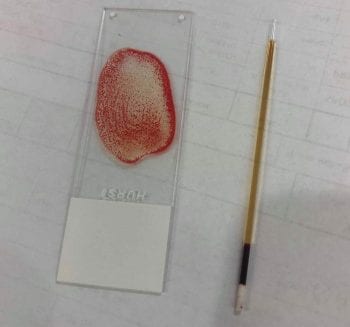10 Jan 2024

To make the most of a precious resource, donated blood is often separated into two components: red blood cells (packed red cells) and plasma (fresh frozen plasma, most commonly).

This not only extends the life span of plasma component, but it also means you can pick and administer which component you need the most as not all anaemic patients need the same product.
Here are three different examples of patients with different blood product requirements:
This a prime example of a patient that can have an anaemia with transfusion triggers, but are rarely coagulopathic. The key component required here is packed red cells.
This is a grey zone – an anaemia with transfusion triggers can occur, but not always a coagulopathy. A coagulopathy may develop later if the bleed continues. So, packed red cells can be used initially, and the plasma administered after, if required.
Before administration of the product there is one critical step. Blood typing is important – not only for cats, but also dogs – as it helps rule out blood type incompatibilities and can significantly reduce the risk of an acute transfusion reaction. Easy-to-use commercial blood typing kits (pictured) are available.
Just because you blood typed doesn’t mean there is no value in crossmatching. Other factors or uncommon red blood types, such as DAL (dogs) and Mik (cats) can cause acute reactions.
Both these tests do not 100% rule out the possibility of an acute reaction, so, whenever a blood product is being administered, the patient needs to be monitored closely.
Next week, we cover how much to give.